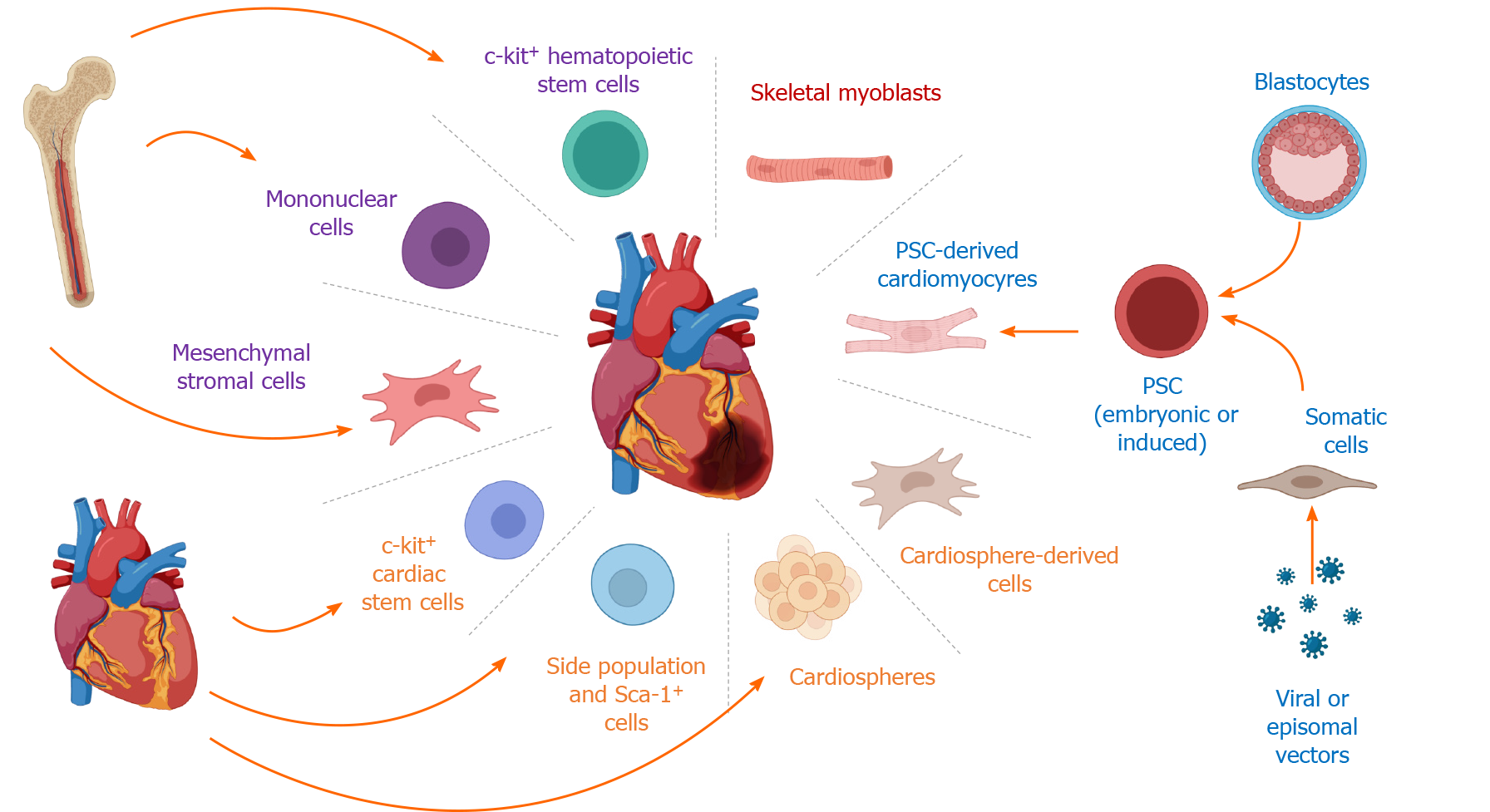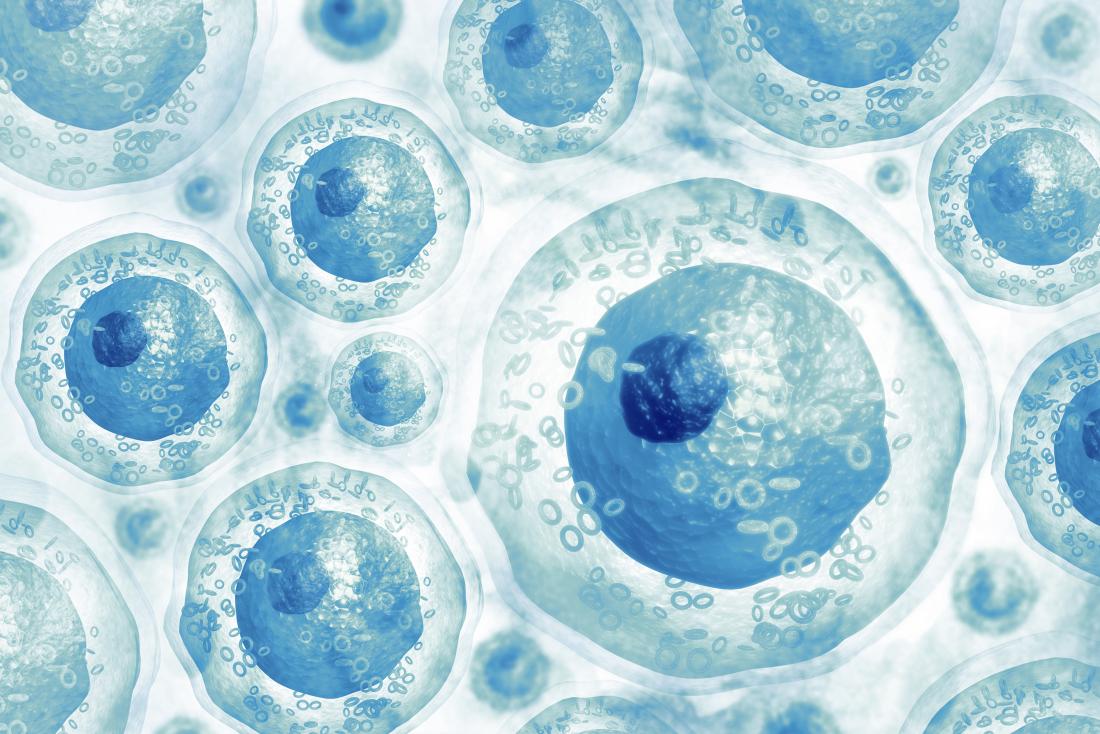Table of Contents
The writers keep in mind difficulties that remain, including boosting the engraftment success and cell survival. Due to the fact that the ISCI and Miller College are leaders in this field, the authors also worry the need to systematize meanings and results steps in the field. "The Hare Lab remains at the center of introducing brand-new therapies in this important medical domain.
Currently we are checking out just how to harness such stem cells to help people heal their own damaged hearts."The study is guided by the Cedars-Sinai Heart Institute, with the collaboration of the Johns Hopkins University, where Dr. Marbn worked before signing up with Cedars-Sinai in 2007. The 24 individuals participating in the research study have hearts that were harmed and scarred by heart assaults.

It takes about 4 weeks for the cells to multiply to numbers sufficient for therapeutic usage, around 10 to 25 million. In the 3rd and final step, the now-multiplied stem cells are reintroduced right into the patient's coronary arteries throughout a 2nd catheter treatment. All people in the research needed to have skilled cardiac arrest within 4 weeks before registering in the study job.
Later this summer, it is expected that 12 even more clients will undergo treatments to receive 25 million stem cells, while six additional people will be monitored as controls. The initial person, Kenneth Milles, a 39-year-old controller for a little building and construction company in the San Fernando Valley, experienced a heart attack on May 10 due to a 99 percent clog in the left former descending artery, a significant artery of the heart.
The process to expand the cardiac-derived stem cells associated with the study was developed by Marbn when he was on the faculty of Johns Hopkins College. The university has actually applied for a patent on that intellectual residential property, and has accredited it to a company in which Dr. Marbn has a monetary interest.

All funding was stemmed from the National Institutes of Wellness, the Donald W. Reynolds Foundation and Cedars-Sinai Medical Facility. Marbn holds The Mark Siegel Family Foundation Endowed Chair and Supervisor of the Heart Institute.
Innovative approach to Heart Failure with stem cell therapy
Heart failing is a severe or chronic condition that affects numerous individuals worldwide. The most commonly approved techniques of therapy typically include sign administration and drug taken for life, so the problem brought on by the condition is heavy. Stem cell therapy for cardiac arrest has become a brand-new way to treat and manage the core of the illness.
Nevertheless, stem cell treatment can assist to reduce signs and symptoms and boost the heart's pumping ability. This therapy makes use of the capability of stem cells to self-regenerate and self-heal. Complying with the admission of stem cell shots for heart disease, a number of devices enter into play: Stem cells for cardiac arrest advertise the development of specialized heart muscle mass cells and regenerate harmed cells, boosting the heart's pumping capability.
These are types of adult stem cells that are obtained from bone marrow, fat tissue, and skin cells. These are the most usual and well-researched types of stem cells.
These are gotten from embryos and have the pluripotent possibility to transform into any kind of kind of cells, consisting of heart ones. The primary issue with these cells is that, as they are taken from embryos, they have lots of ethical and legal constraints and are just used in certain scenarios. for the factors stated over.
New hope for Arrhythmias using stem cells
These cells stem in the heart and are fit to heart repair service. Clinical Consultant, Swiss Medica physician The application and treatment of stem cell therapy consists of 5 actions: Clients begin with an online examination with our medical expert and are after that reviewed by a cardiologist, that will certainly obtain the essential medical background, do blood examinations, and request imaging research studies to establish whether stem cell treatment for heart failure is a sensible alternative.
We provide stem cells via pain-free stem cell injections for coronary infarction. A very trained physician will infuse refined stem cells into the blood stream; the entire procedure takes less than an hour. After ending up the coronary infarction stem cell therapy procedures, our individuals will certainly be kept an eye on for any complications and outcomes.
Navigation
Latest Posts
Are there supportive options for Heart Disease in today’s clinics?
Deep dive into the use of stem cells for Heart Failure
Are there supportive options for Heart Failure in today’s clinics?